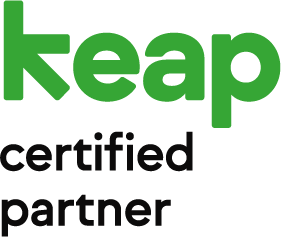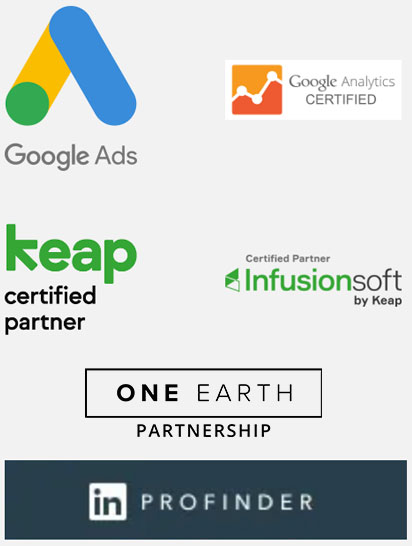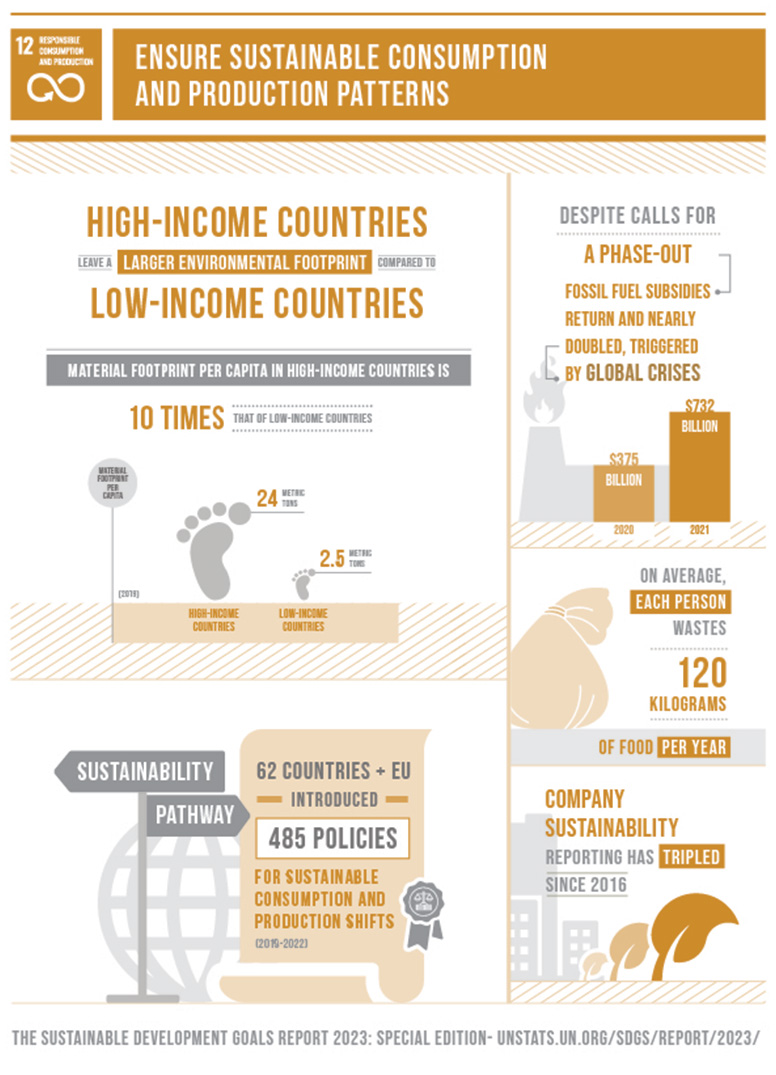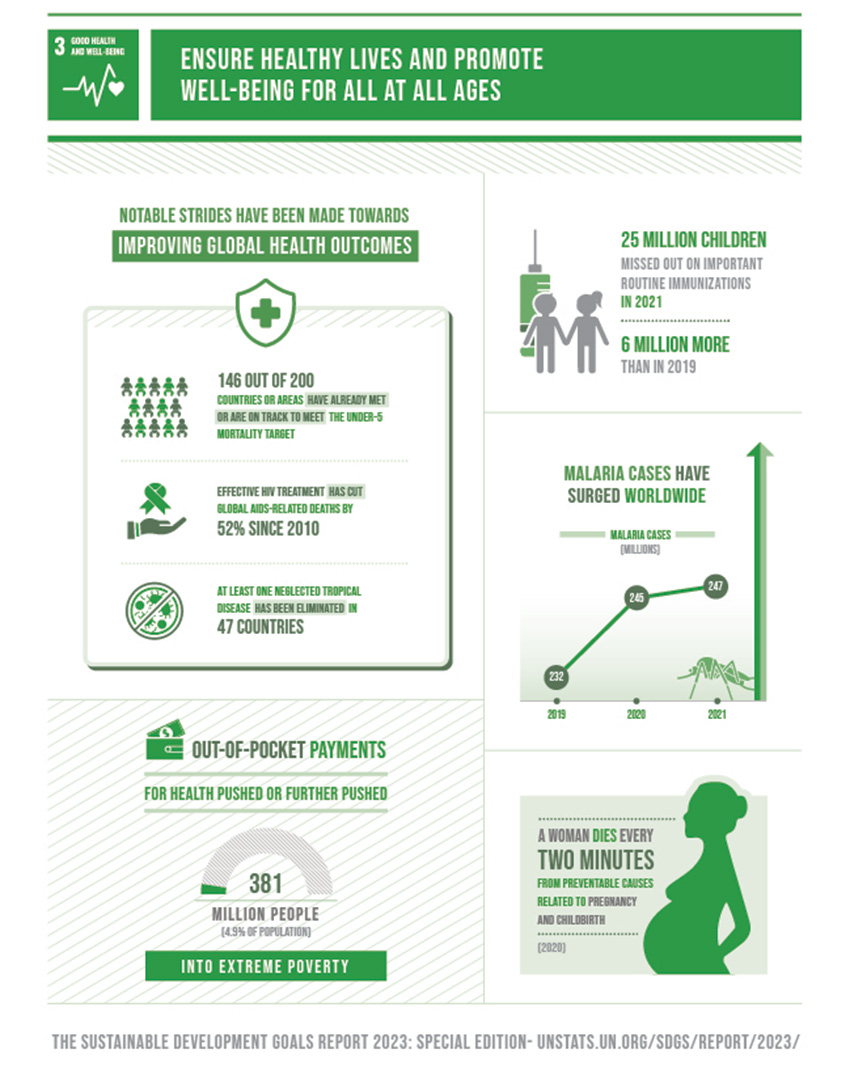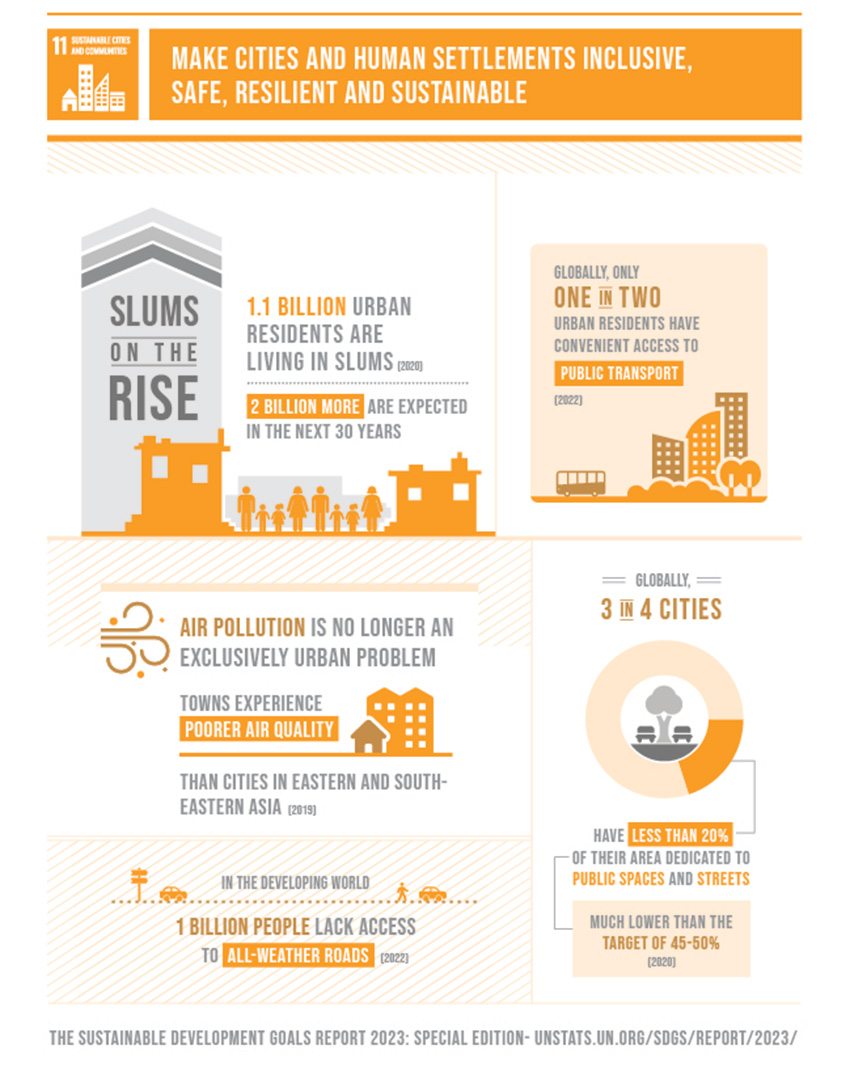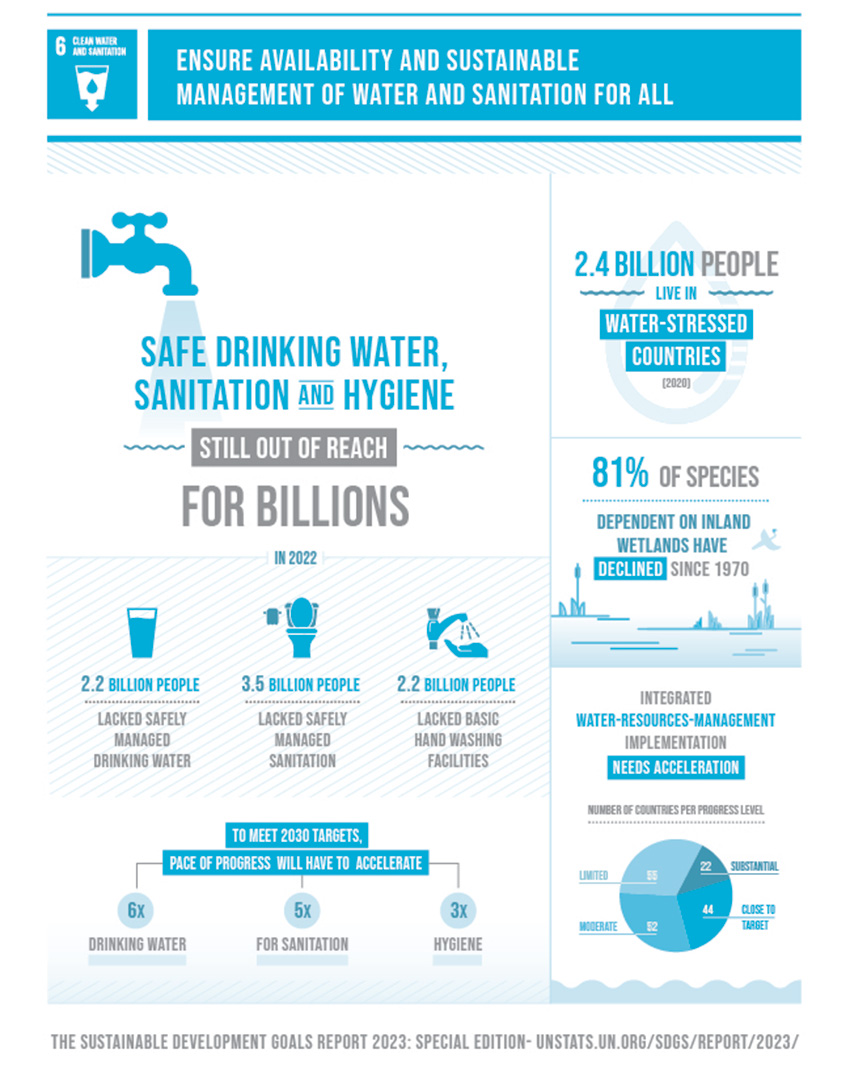
SERP stands for Search Engine Results Page, which refers to the page that appears when you type your query into the Google search bar and press “Enter.” At the top of the results, you’ll see the highest-ranking websites, optimized for that specific search query and set of key terms. This article will teach you how to improve your website’s Google SERPs. If you want to drive deeper and improve your Google ranking, check out this post that explains how to write better content for your business blog. Now, let’s dive into the 3 steps to improve your website’s SERPs and make them stand out from the crowd.
1. Link Structure
At the most fundamental level, your link structures need to look appealing. Most people are turned off by long links filled with numbers and symbols, so it’s important to make them comprehensible to the average internet user. Your links should always be legible by the human eye and give some idea of what the page is about.
Here’s an example of a bad link structure:
https:// v2ginteractive . com/i33j8726542095/08435
Here is an example of a good link structure:
https:// v2ginteractive . com/blog/why-have-a-company-blog/
See the difference? Always keep in mind that the link structure should give a hierarchical structure of where the page lives on your website. In the second example above, the page exists in the “Blog” section of the website, which we see indicated in the link structure. Then, the link needs to provide context into what the page is about. In the above example, the topic of the blog post is noted at the end of the link, staying true to the hierarchical link structure and giving an idea of what the blog post is discussing.
When in doubt, stick to this hierarchal link structure:
Name of the website > Section of the website > Page title and/or topic
Another pro tip: make sure you use dashes to separate words in your link. If you use a different symbol or don’t separate the words, it’ll look confusing.
2. Title Tags
Title tags appear as the title of your page on a SERP. However, title tags don’t have to be identical to your page’s actual title. Here is an example:

Depending on how long your page title is, you can shorten the title tag to better fit the search query. Always remember you don’t want your title tag to be cut off and trail off to a set of ellipsis. Specific optimization is another reason you might consider shortening or lengthening the title tag. Depending on what sort of optimization you’re trying to achieve, you can utilize keywords, your brand name, and your company’s geographical location. But again, this varies by industry, so do your research.
Speaking of research, a good way to get a sense of how you can structure your title tags is by researching how your competitors are constructing their title tags. Take note of which keywords they’re utilizing so that you can implement them as well. Then, insert one or two of your page’s most important keywords within the title tag—this will help Google better index the page into the correct category.
Don’t forget: your title tags should be compelling and user friendly. Regardless of what you decide to optimize for, try your best to include your company name at the end of the title tag, separated by a dash or a vertical bar.
3. Meta descriptions
Meta descriptions take the next level up from the title in describing what the page is about. As you write the meta description, ask yourself: how can I best capture what this page is about? Meta descriptions should summarize the content on the page in 50 to 300 words. If it gets any longer, Google is likely to cut off your text mid-sentence, so always try to stick to the word limit and preview the SERP before saving.
Another good practice is to include a couple of significant keywords once or twice but avoid keyword stuffing. Just as much as the copy on your page, the meta description should provide a snippet of valuable information to the reader.
If you’re looking for further guidance to improve your website’s SERPs and online presence, TruBrand is here for you! We offer a variety of interactive marketing services, including social media optimization and SEO. Our team will be there every step of the way. If you want to take your marketing to the next level, let’s chat.










